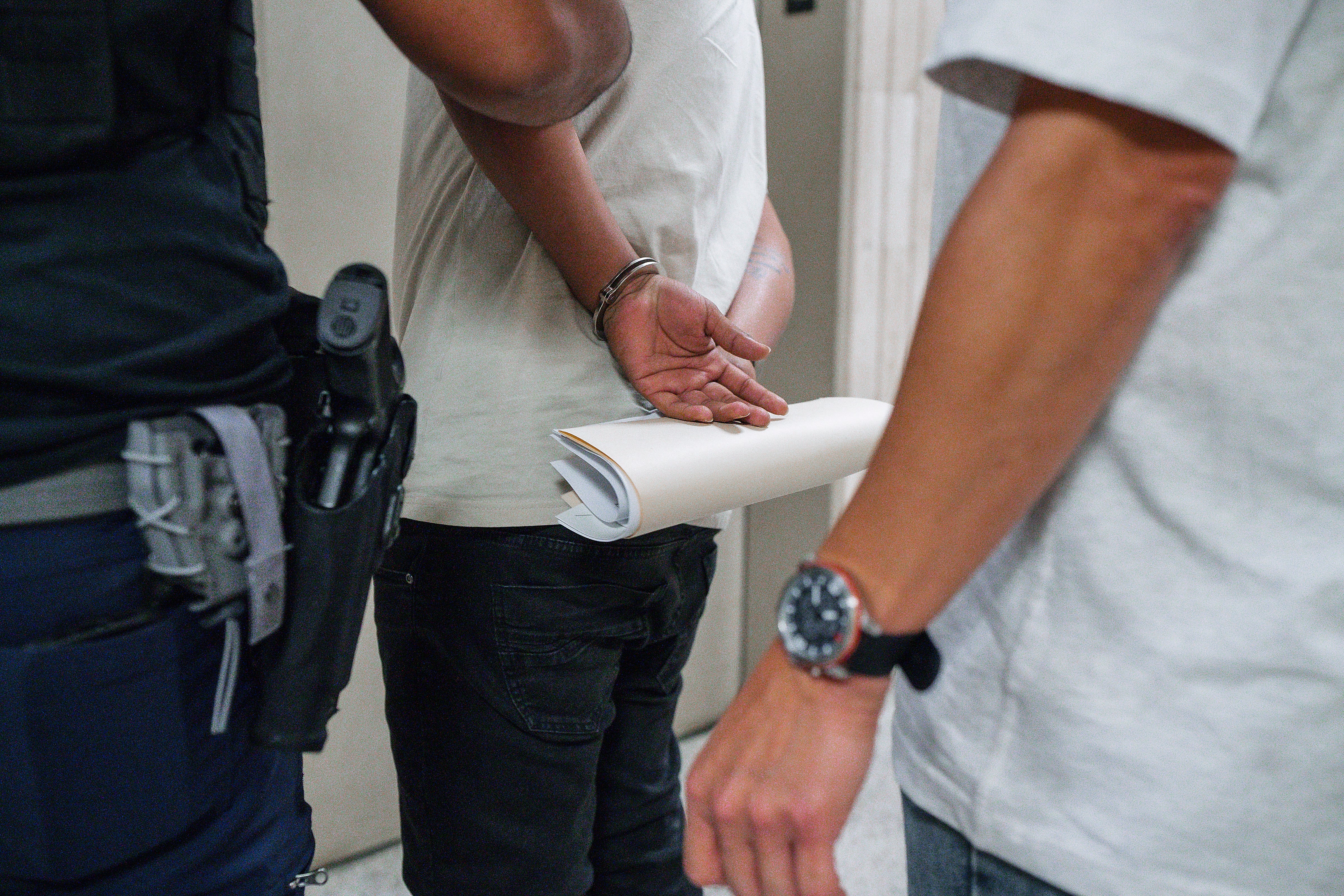Military Sealift Command is celebrating a centennial of underway replenishment. Their mission — to empower global warfighting capabilities — is a critical component of force readiness, serving as the lifeline for American vessels and troops at sea. Underway replenishment of fuel, ammunition, food and spare parts enables vessels to operate worldwide with little support from host nations.
The first open ocean underway replenishment was conducted in 1799 by Capt. Silas Talbot aboard the U.S. Navy warship, the USS Constitution. The use of small boats for replenishment enabled the Constitution to stay at sea for over 347 days while protecting American shipping in the Caribbean. 
On May 28, 1917, Lt. Chester Nimitz pioneered modern underway replenishment by refueling six destroyers that were en route to England for operations during World War I. The first transfer of ordnance came during World War II, thus enabling that Navy’s carrier task forces to operate for months on end.
The Navy continued improving the reliability of its underway replenishment system post-World War II, and presently, there are almost 400 fuel and cargo delivery stations in the Navy and an untold number among U.S. allies. 
Civilian mariners of the Military Sealift Command are responsible for the Navy’s 29 combat logistics force replenishment ships. "The skill and professionalism of our sailors and civilian mariners in the execution of safe and efficient UNREPS each year enable the Navy to remain on station around the world, protecting America from attack and when required, enabling decisive combat operations," a NAVADMIN statement read.
Mackenzie Wolf is an editorial intern for Military Times.





